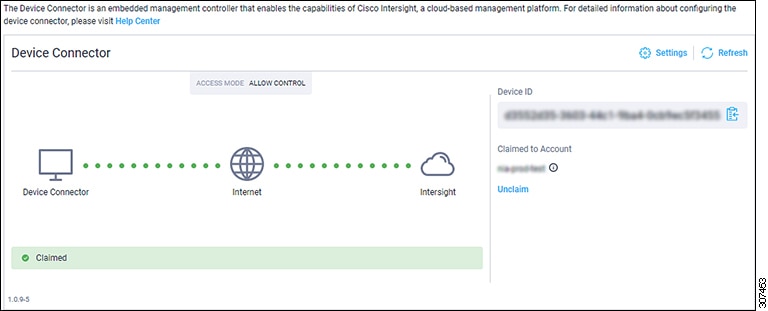About Cisco Network Insights Base on Cisco DCNM

The Cisco Network Insights Base (Cisco NI Base) application provides TAC Assist functionalities which are useful when working with Cisco TAC. It provides a way for Cisco Customers to collect tech support across multiple devices and upload those tech supports to Cisco Cloud. These tech support are accessible to our TAC teams when helping customers through a resolution of a Service Request. Additionally, it enables capability for our TAC teams to collect tech support on demand for a particular device.
Cisco NI Base app consists of the following components:
-
Devices
-
TAC Assist
-
Log Collection
-
Technical Support to Cloud
-
Enhanced TAC Assist
-
The Cisco NI Base app collects the CPU, device name, device pid, serial number, version, memory, device type, and disk usage information for the nodes in the fabric.
 and choose
and choose 











 Feedback
Feedback